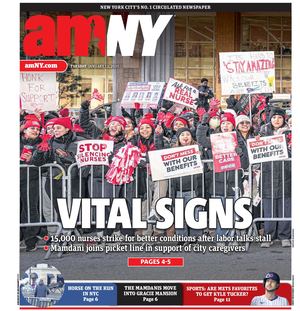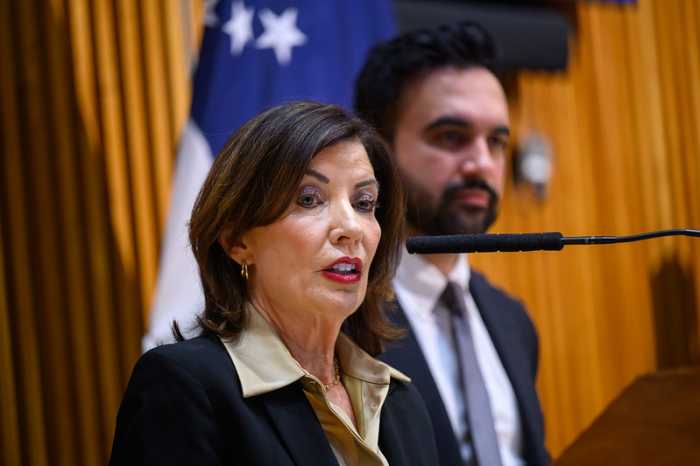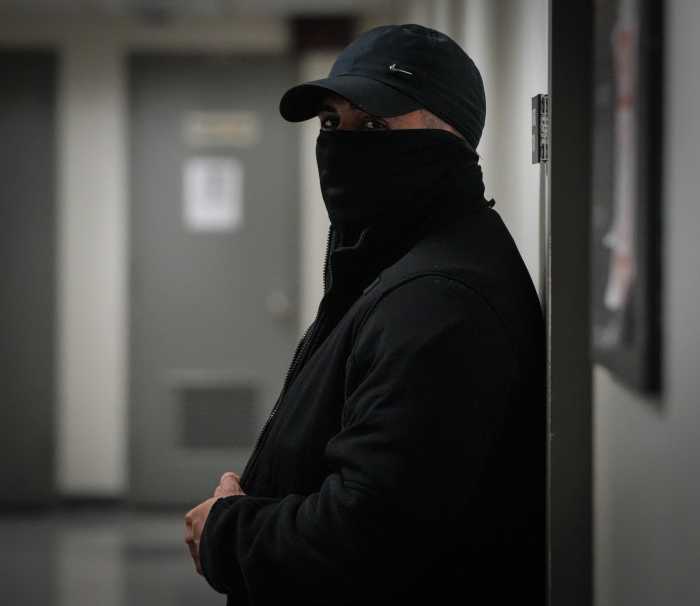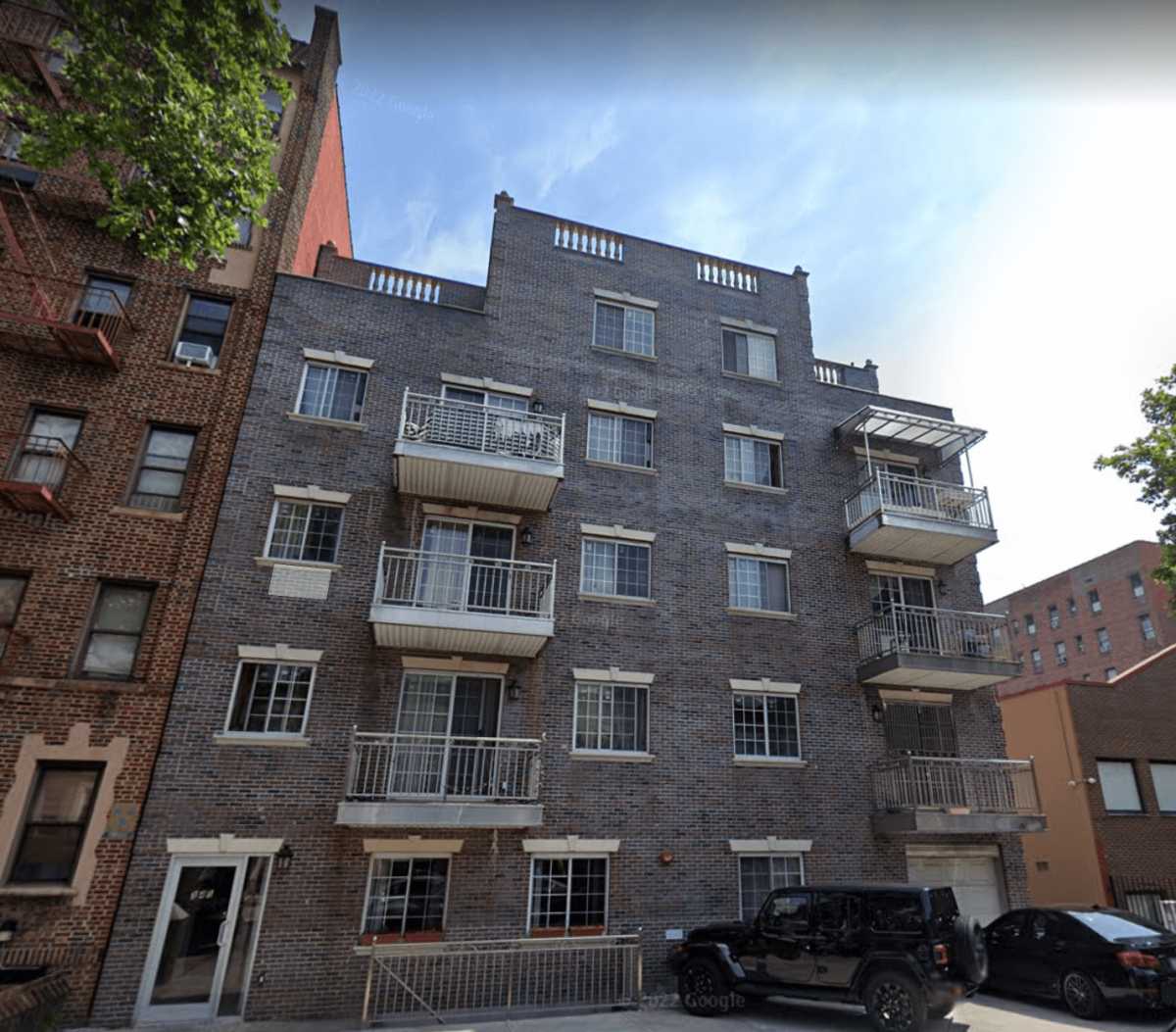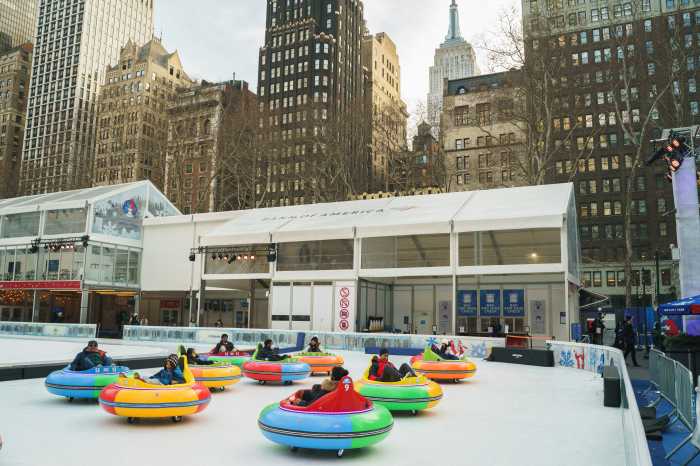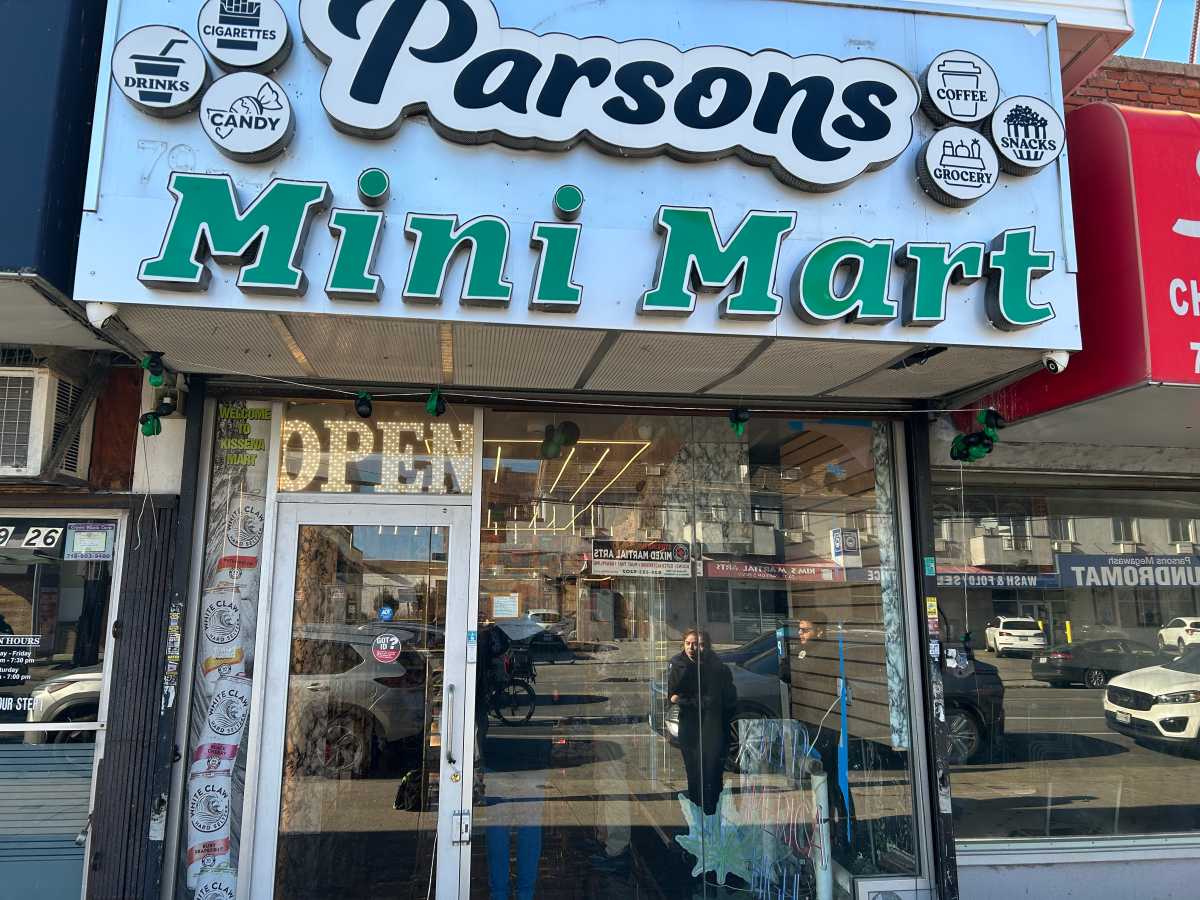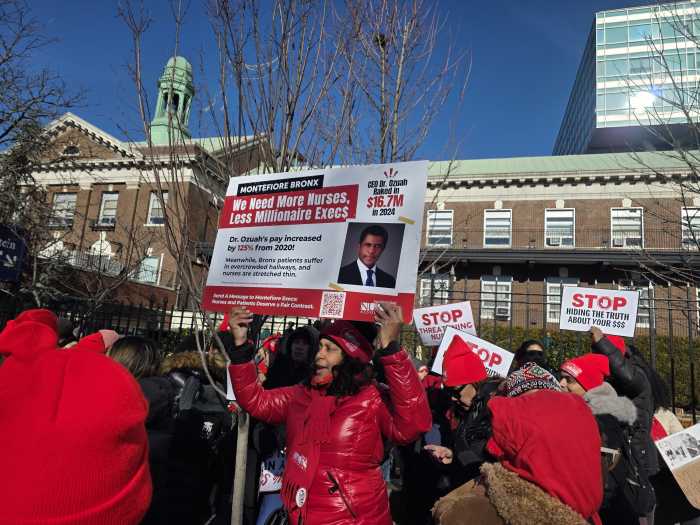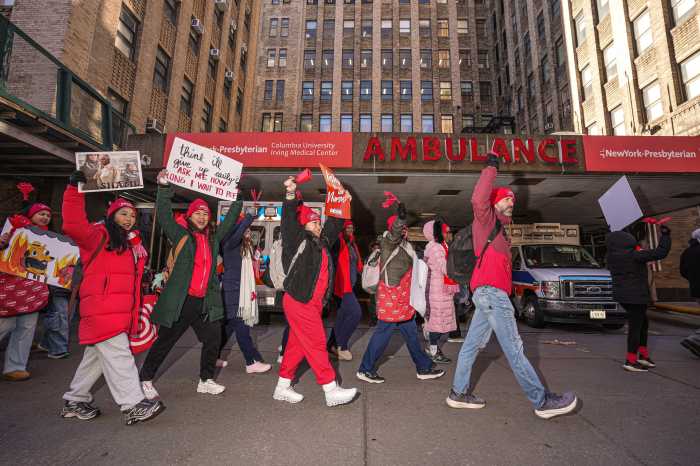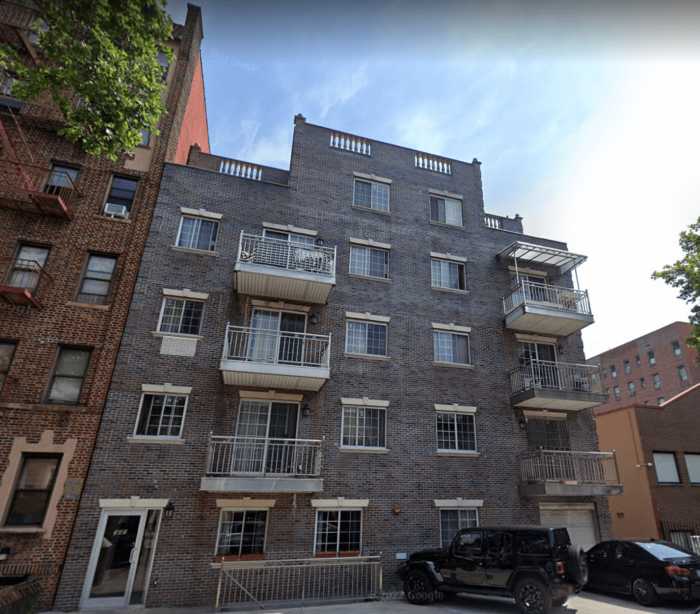This story was reported by Vincent Barone, Alison Fox, Ivan Pereira, Michael O’Keeffe, Ted Phillips, Mark Morales, Deon J. Hampton, Maria Alvarez and Jordan Lauterbach. It was written by Valerie Bauman.
The first elite runners crossed the finished line late Sunday morning at the TCS New York City Marathon while thousands more participants continued on the five-borough course under the cover of unprecedented security measures less than a week after a terrorist attack in lower Manhattan.
“We are not giving in to terrorism,” Mayor Bill de Blasio said on WABC/7. “We are going to show they can’t change our democracy, they can’t change our city.”
More than 50,000 marathoners followed the 26.2-mile route as some vied for their personal best while others hoped to just finish the race, in its 47th year.
Geoffrey Kamworor, 24, of Kenya won the men’s race in two hours, 10 minutes, and 53 seconds. Kamworor needed 26.1 of the 26.2 miles to outpace Wilson Kipsang, also of Kenya. Kipsang, the 2014 champion, placed second with a time of 2:10:56.
Shalane Flanagan, 36 of Oregon, won the women’s competition with an unofficial time of two hours, 26 minutes, and 53 seconds. Flanagan is the first American woman to win the race since 1977 when Miki Gorman won with a time of 2:43:10. Flanagan’s win disrupted the marathon dominance of Kenya’s Mary Keitany, who won the last three New York City marathons and was second to Flanagan.
The race started at 8:32 a.m. on the Verrazano-Narrows Bridge with the professional wheelchair division. Those racers were followed by handcyclists and other disabled athletes, then elite runners and, minutes before 10 a.m., the first of the recreational runners.
Marathoners from all over the world poured into Fort Wadsworth on Staten Island for the start. With more than 120 countries represented at the race, de Blasio said the marathon was a “life-affirming” event.
“Look at that unity,” he said. “This race is one of the best examples to all the rest of the world about what’s great about New York City and America. Here’s everyone together in a common cause. And it’s a beautiful thing.”
Spectators, projected to number 2 million, lined the streets for the world’s largest marathon, which crosses the Verrazano-Narrows Bridge and then runs mostly north through Brooklyn, Queens, Manhattan and the Bronx before turning west back toward Manhattan and then south to the finish line in Central Park.
For the most part, NYPD was able to manage the large crowds along the race route. In one instance however, a group of spectators looking to cross 5th Avenue at 125th Street nearly collided with a group on runners.
Mary Gormley, 50, had planned to run with her daughter, Connie, 24, on Sunday but was sidelined with a hamstring injury she received while the pair trained.
“This was her dream,” Gormley said as she stood monitoring her daughter’s progress with a smartphone app from 61st Street and 1st Avenue in Manhattan.
Gormley, from Stony Point in Rockland County, spent the day with friends and family holding signs that said “Run Connie Run!” Her daughter, a dietitian student at Long Island University would get up at 4:30 a.m. and train, go to school on Long Island and then come home around 8 p.m. Gormley said.
“I can’t wait!” Gormley said as she watched her daughter’s progress coming through Brooklyn on her smartphone amid the cheering crowd on First Avenue.
Runners talked about the rush that comes from being cheered on by the thousands who flock to the route as it winds through the city.
“I’m amped up. I just want to get running,” said Mike Mazzelli, 50, a Brooklyn native who was running his first marathon. His prep advice: a lot of carbs. “I ate two pasta dishes yesterday and eggs with toast this morning,” he added.
Rebecca Schwartz, 37, from Bergenfield, New Jersey, said at the race start that she has run in close to 30 marathons.
“It’s all about the energy from the crowds, like on Fifth Avenue and near [Central Park]. It’s special. That crowd keeps you going,” she said. “New York is number 1 because of the crowds. The only one that comes close is Boston.”
Security efforts throughout the course included barriers on both sides of the roads, and officials had parked police and sanitation vehicles at various points to act as blocker trucks in the event of an attack.
The visible police presence was heavy, with officers posted at many corners and subway entrances. Officials said countersniper teams would be in place along the route, as well as additional heavy weapons teams, aviation units scanning rooftops and plainclothes officers.
Tim Roven, 49, of Boerum Hill, said the marathon was his “favorite holiday in New York,” and that although the crowds looked a bit thinner this year, he wasn’t deterred by the recent terrorist attack.
“It’s on my mind, but it doesn’t impact this,” he said, noting he had run the marathon last year. “I’m coming no matter what.”
On Tuesday, a man drove a rented van along a lower Manhattan bike path, killing eight people and injuring 12 others.
Boerum Hill resident Greg Azzaretti, 30, said this was his first year coming to see the marathon in person and that he was looking forward to it, but the terror attack would remain on his mind.
“In general, I don’t like being in crowded areas in New York. I feel like it’s dangerous to be in large crowds,” he said. “I wouldn’t care if it was packed here, but if I was in Manhattan, I wouldn’t want to go to one of the more crowded areas. It’s in the back of my mind.”
